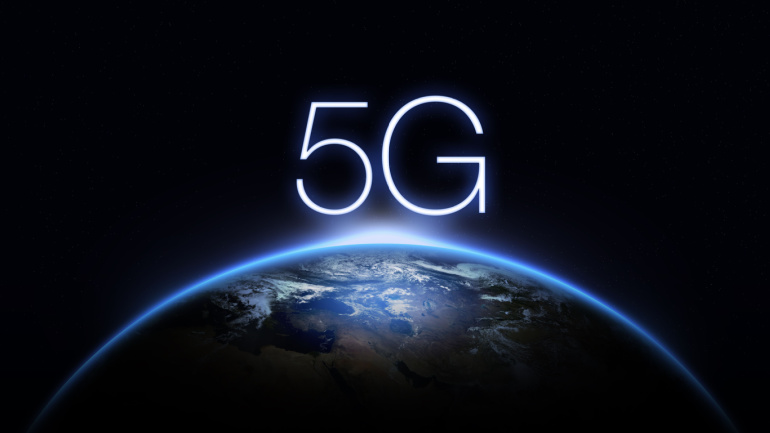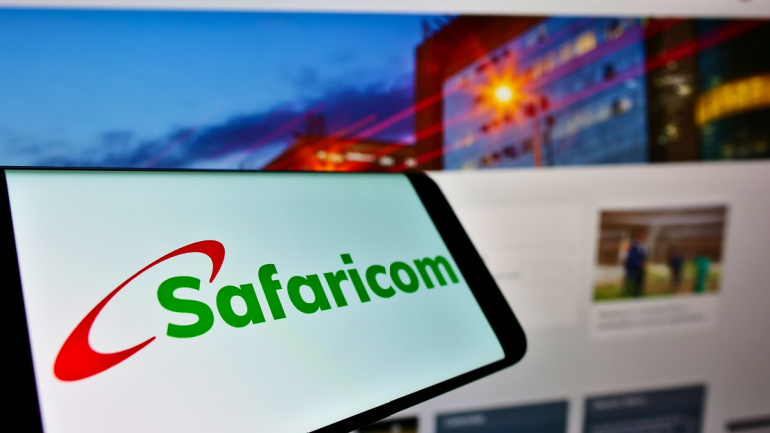Reliance Jio Infocomm is arming itself with a significant offshore loan around $2 billion to fuel its 5G ambitions, with sources pointing towards Swedish telecom giant Ericsson as a potential gear supplier. A noteworthy credit safety net from Sweden’s EKN credit agency plays a crucial role in this strategic play, while banking behemoth BNP Paribas is slated to disburse a massive chunk of the offshore funding.
Deutsche Telekom, in collaboration with AirHop, Juniper Networks, VIAVI Solutions, and VMware, has been testing the waters to leverage telecom technology bound by Open RAN specifications. Treading an intriguing path of innovation, they trialed Non-RT RIC technology by performing a RAN closed-loop optimization proof, embraced by ONAP and Open RAN standards. The journey unfolded two pivotal use case scenarios revolving around PCI optimization and energy-saving dynamics powered by AI and machine learning.
The Federal Communications Commission (FCC) has set its sights on reshaping the allocation of approximately $9 billion earmarked for rural 5G expansion. FCC Chairwoman Jessica Rosenworcel announced the move, emphasizing the need to bridge the digital divide across underserved areas of the United States.
Zayo Group Holdings, Inc., a prominent global player in communication infrastructure, has unveiled its annual Distributed Denial of Service (DDoS) Insights Report, shedding light on the alarming rise of DDoS attacks and their profound impact across various sectors during the first half of 2023.
Joining forces to propel Denmark into the 5G age, telecommunications giants Ericsson and TDC NET confront the intricacy of transitioning to Standalone 5G. The venture promises enhanced connectivity, yet its real impact remains under scrutiny. Their collaborative effort hinges not just on operational advancement but also in setting a future-ready network infrastructure with increased energy efficiency and advanced services. However, as TDC NET prepares to navigate this expansive opportunity landscape, it’s essential to question the overall strategic footing of the industry—a fascinating watch for tech aficionados. Stay informed with the Telecoms.com newsletter.
DIDWW, a leading provider of premium quality VoIP communications, two-way SIP trunking and SMS services, is primed to both participate and sponsor in two of the most anticipated telecommunications events this September – the Asian Carriers Conference (ACC 2023) and the Wholesale World Congress (WWC 2023).
In an innovative move, Ericsson and AWS have joined forces to implement a groundbreaking 5G power machine vision system in Hitachi’s manufacturing plant. This system aims to leverage real-time digital visuals, AI, and edge-to-cloud technologies for superior automated error detection. Beyond the norm, it can inspect 24 assembly components simultaneously with high-resolution cameras pinpointing defects at the sub-millimeter range. Such a venture showcases the potential of combining private 5G, cloud, and AI technologies in revolutionizing product manufacturing, even amidst the current market uncertainties.
The Tribal Broadband Connectivity Programme (TBCP), funded primarily by President Biden’s Internet for All Initiative, has recently bestowed $3.5 million in grants among seven Tribal entities to accelerate internet access in these areas. Supported with an impressive $3 billion budget, the TBCP aims to reduce internet barriers and bridge the digital divide, promising a transformative effect. The initiative is facilitating internet connectivity for remote learning, boosting telehealth services, fostering employment opportunities, and more.
In an intriguing development, T-Mobile US will undergo a noteworthy operational shift. This involves a 7% workforce reduction, essentially 5,000 jobs, largely affecting corporate and redundant roles. This maneuver, stated by CEO Mike Sievert, aims to lessen costs in customer acquisition and retention while propelling operational efficiency. Amid a previous triumphant Q2 report, this unexpected announcement leaves a nuanced taste among the telecom firm’s workforce, promising an enthralling evolution for attentive stakeholders and observers.
Safaricom announces a milestone of 5 million customers in Ethiopia, making significant strides towards their goal of 10 million by next March. However, a stiff competition lies ahead as they trail the market leader, Ethio Telecom, by a considerable margin. Safaricom breaks into the Ethiopian market as the first private player, with significant growth potential and challenges on the horizon. They are poised to disrupt Ethio Telecom’s monopoly with the introduction of M-Pesa, keenly eyeing financial inclusion. Amid anticipation of new competitors, Safaricom’s persistent efforts and ambitions could potentially shake up the Ethiopian telecom market.













